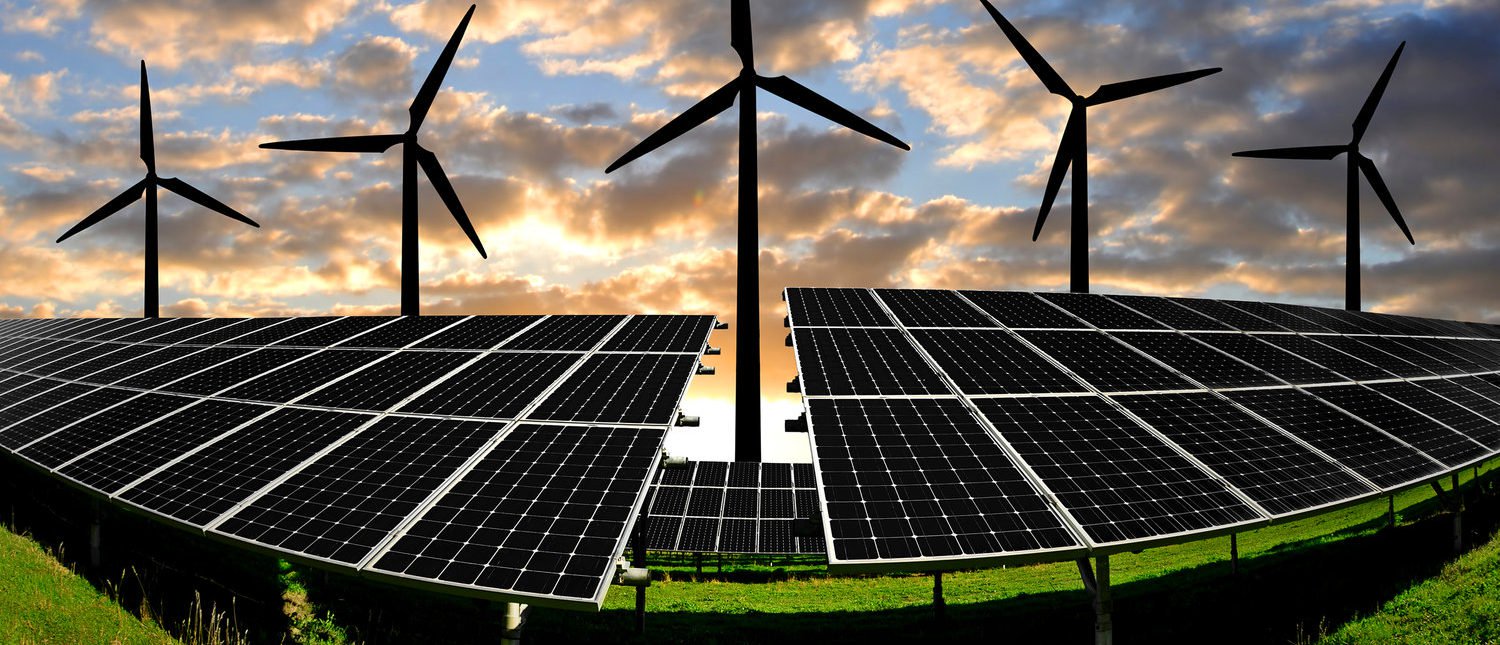The Federal Energy Regulatory Commission (FERC, rhymes with jerk) is taking comments on a proposed order that might actually constrain the destructive impact of renewables on America’s grid.
FERC would order the North American Electric Reliability Corporation (NERC, also rhymes with jerk) to do something about the growing adverse impact of renewables. NERC is a private corporation endowed with federal authority to keep America’s lights on. NERC makes and enforces the regulations governing grid reliability in America. The looming threat of numerous blackouts is their fault. They have obviously failed to maintain reliability, which is their sole mission.
I pointed NERC’s obvious failure out recently in a CFACT article titled “Save America’s grid!”.
See https://www.cfact.org/2022/11/29/save-americas-grid/
NERC issues reliability standards which the electric power industry is supposed to follow. These federal standards are supposed to be enforced by NERC’s regional subsidiaries. Clearly this process has not worked or we would not be facing widespread blackouts. In fact none of NERC’s 93 reliability standards addresses renewables.
NERC works for FERC, who is now proposing to order NERC to develop new reliability standards that specifically address renewables. That is the good news. The bad news is that FERC’s detailed proposal does not cover the basic problem, which is the intermittent, weather dependent nature of wind and solar power generation.
As proposed, the new reliability standards would only address what is called grid stability. This is the sudden fluctuation of power that wind and solar are prone to. The deeper issue of intermittency also needs to be covered by NERC reliability standards.
The FERC proposed order is here: https://www.regulations.gov/document/FERC-2022-1545-0001 Unfortunately FERC does not take comments there, but they explain how comments can be filed.
FERC’s summary statement is quite general, clearly allowing for reliability standards governing intermittency. Here it is:
“The Federal Energy Regulatory Commission (Commission) proposes to direct the North American Electric Reliability Corporation (NERC), the Commission-certified Electric Reliability Organization (ERO), to develop new or modified Reliability Standards that address the following reliability gaps related to inverter-based resources (IBR): data sharing; model validation; planning and operational studies; and performance requirements.”
Note that the term “inverter-based resources (IBR)” refers to DC generation that has to be converted to grid AC using what is called an inverter. So IBR is techno-code for wind and solar power.
This FERC summary clearly refers to grid modeling, planning and operational studies, and performance requirements. These are precisely the activities that need to be improved so as to constrain the adverse impact of intermittent renewables. So far so good.
But when you read the lengthy draft proposal itself it is all about short term stability. There looks to be nothing whatever about managing intermittency, which is where the serious blackout threat comes from.
Here is my list of what the new NERC reliability standards need to cover. The overly narrow FERC proposal is presently just talking about #5.
At a minimum these new Reliability Standards should cover the following topics:
1. Wind and solar supply drought prediction
2. Dispatchable backup requirements and planning
3. Storage requirements and planning
4. Maintaining stability with increased penetration of intermittent sources
5. Impact of inverters on stability (renewables and battery storage both uses inverters)
6. Controlling and managing interconnection with intermittent sources
The point is painfully simple. Renewables require reliability.
